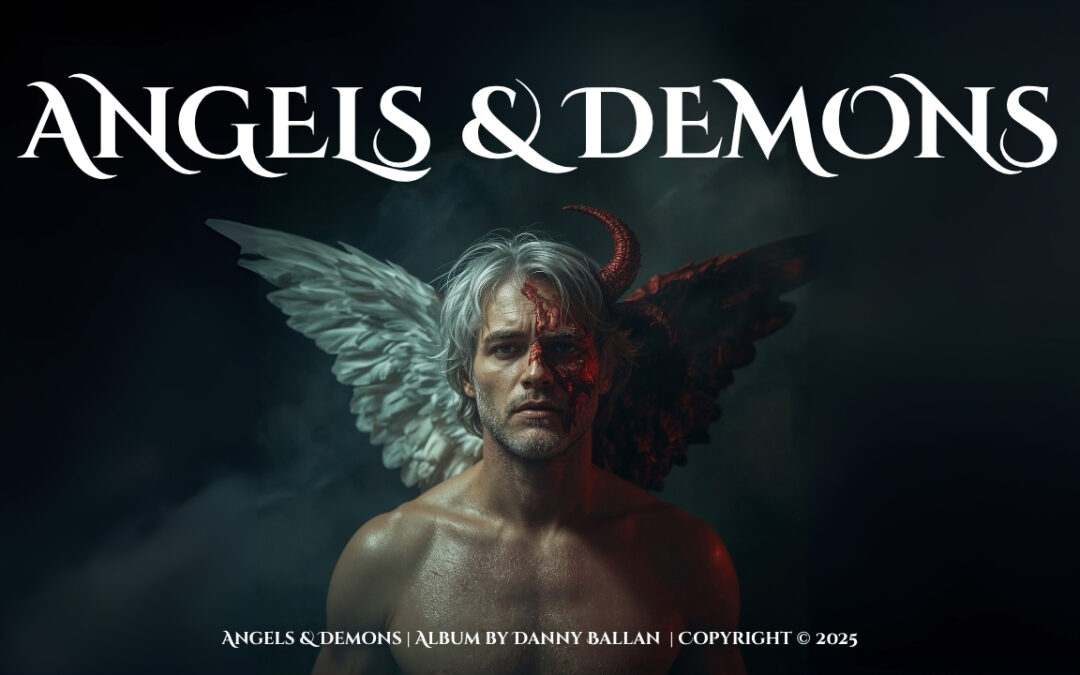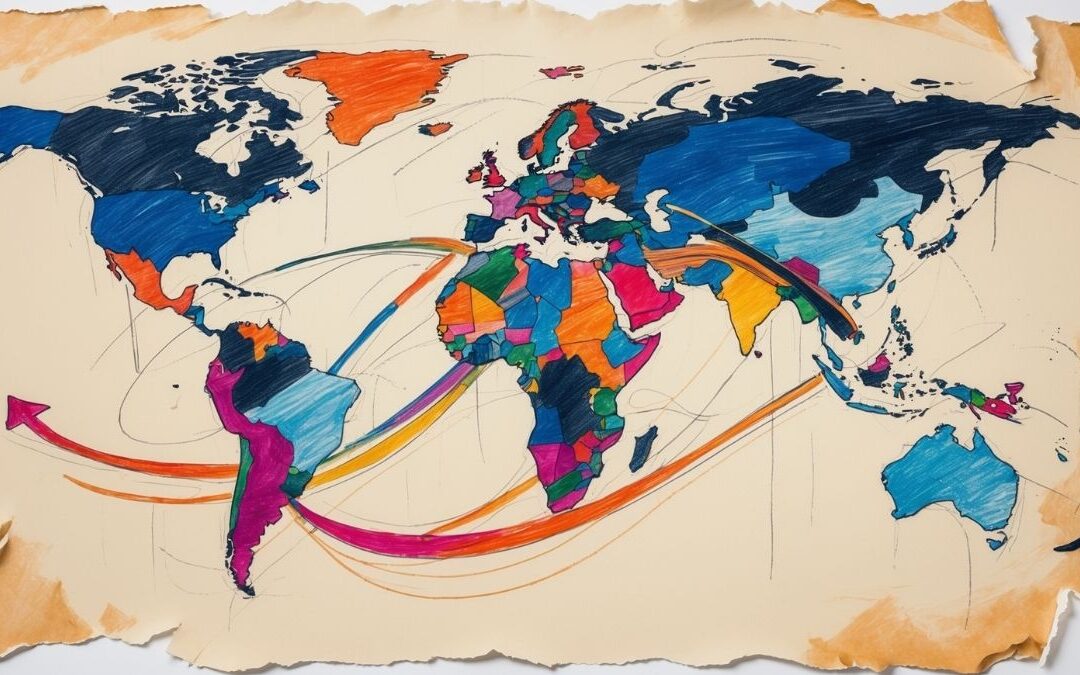Introduction
What do you know about horses? Maybe you know a little about horses and you would like to know more. Join me in this Do You Know episode from English Plus Podcast and learn more about horses.
Audio Podcast
What Do You Know about Horses?
Horses are speedy and graceful animals. You’ll know this if you’ve ever watched a horse race. When a horse runs, it can have all four of its feet in the air at the same time. A photographer demonstrated this surprising fact with photographs in 1887.
In the past, people rode horses when they wanted to get somewhere fast. Horses also helped people by pulling plows, loaded wagons, and other heavy farm equipment.
WHAT ARE HORSES LIKE?
Horses have long necks, hairy coats, and long tails and manes. A mane is hair that grows on an animal’s neck. Horses come in many colors, including black, brown, tan, and white.
Horses have strong legs and bodies, and they can travel long distances. When they’re on the move, they graze on grasses. Horses also eat oats and other grains.
Horses range greatly in size. The smallest horse ever measured was a miniature pony. It stood only 19 inches (48 centimeters) high. The largest horse stood 6 feet (1.8 meters) tall. A horse’s height is measured to the top of its shoulders.
Horses are very social animals. They live in herds with other horses. They are very sensitive to signals. They can learn to like and obey a human trainer.
WHERE DID HORSES COME FROM?
Horses are all members of a family of animals called equids. Equids also include zebras and donkeys (also known as asses). The first member of the equid family was the dawn horse, or eohippus. Eohippus was the ancestor of all modern horses, zebras, and donkeys.
Eohippus roamed North American forests about 55 million years ago. Eohippus was a lot smaller than a modern horse and had four toes on its front feet and three toes on its rear feet. Modern horses have only one toe on each foot.
About 20 million years ago, there were many kinds of equids in North America. These wild equids spread to other parts of the world. They crossed land bridges that connected North America to Europe and Asia during ice ages.
HOW DID PEOPLE TAME HORSES?
About 7,000 years ago, people living in the grasslands of Asia learned to tame the wild horses that lived there. Herds of tamed horses grew. They were sold to people all over Europe.
Today, there are about 60 million tamed horses living throughout the world. There are only a few wild horses left. These horses are descended from tamed horses that escaped or were turned loose.
HOW DO PEOPLE USE HORSES?
People in some countries still use horses to do work. Most horses in the United States and Canada are used for racing, games, and pleasure riding.
Horses were one of the most important domestic (tamed) animals in history. People rode horses for transportation. Soldiers rode horses into battle. People raced horses for sport.
Horses pulled the first trains and fire engines. Horses pulled plows over farm fields. Horses pulled wagons and buggies. City streets were once filled with horses.
LIGHT HORSES
Today, the three main types of horses are light horses, heavy horses, and ponies. People have created the different types of horses that exist today by careful breeding. They have bred horses with specific qualities that they seek, such as speed and size. Two fast, lightweight horses have a good chance of producing rapid and light children.
People put saddles on light horses and ride them. Light horses also make good racehorses. Thoroughbreds, quarter horses, Arabians, Morgans, and standardbreds are all varieties of light horses.
HEAVY HORSES
Heavy horses were created by breeding the biggest, strongest horses. They include draft horses and coach horses.
Hundreds of years ago, during the Middle Ages, draft horses were warhorses. They were bred big and strong to carry knights in heavy metal suits of armor into battle. Farmers later used draft horses to pull plows and heavy wagons. Now farmers use tractors instead of draft horses.
Coach horses were bred for pulling large carriages and for doing light farm work. Carriages are vehicles that people rode in before cars.
PONIES
Ponies are small horses. People bred the smallest horses to get ponies. Ponies are usually less than 50 inches (127 centimeters) tall. The most familiar pony breeds are the Welsh mountain pony and the Shetland pony.










0 Comments